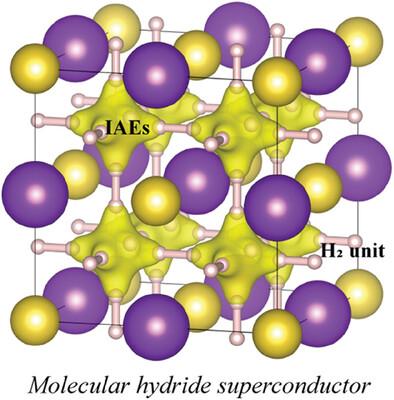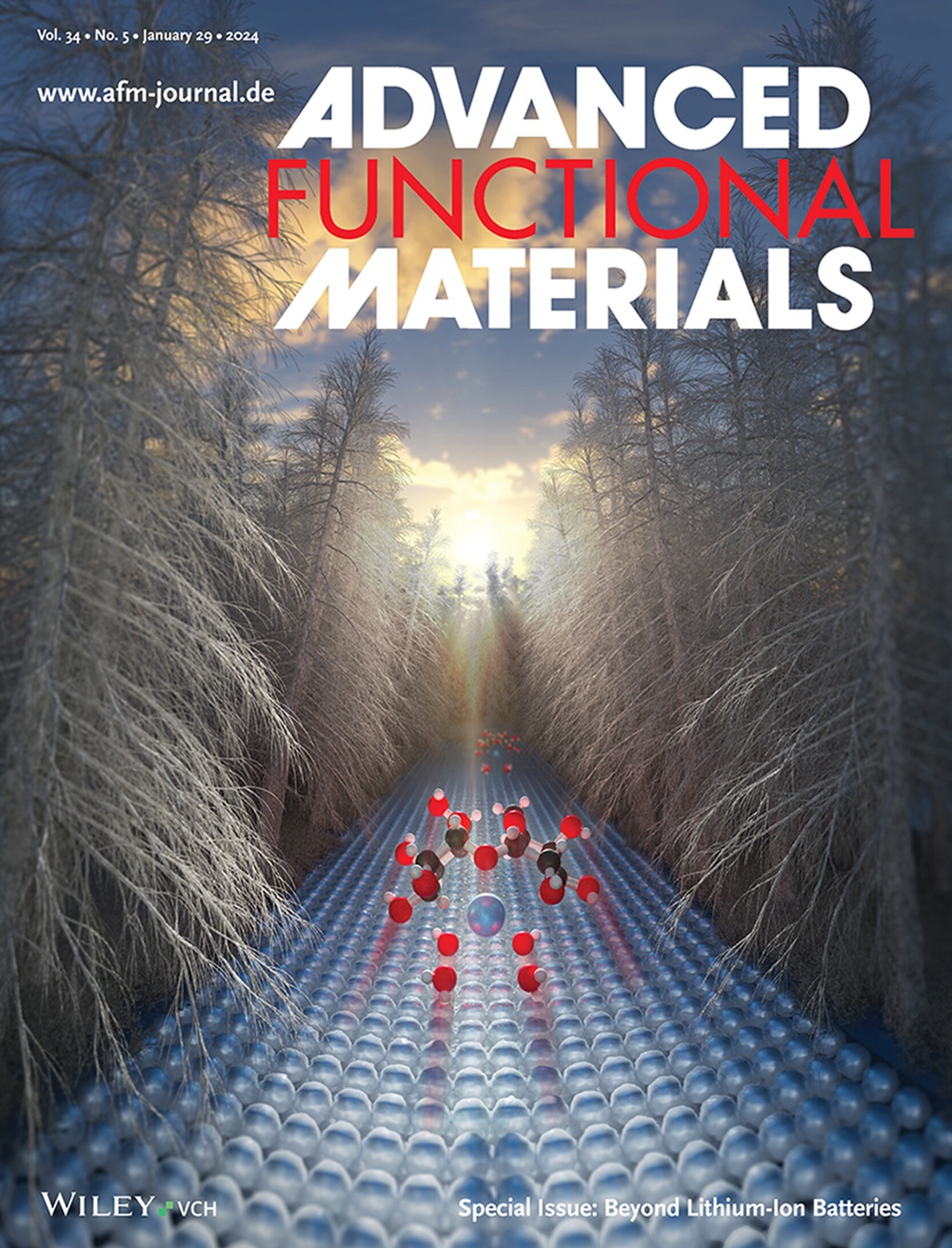Unlocking the Origin of High-Temperature Superconductivity in Molecular Hydrides at Moderate Pressures
IF 18.5
1区 材料科学
Q1 CHEMISTRY, MULTIDISCIPLINARY
引用次数: 0
Abstract
The current pressing challenge in the field of superconducting hydride research is to lower the stable pressure of such materials for practical applications. Molecular hydrides are usually stable under moderate pressure, but the underlying metallization mechanism remains elusive. Here, the important role of chemical interactions in governing the structures and properties of molecular hydrides is demonstrated. A new mechanism is proposed for obtaining high-temperature and even room-temperature superconductivity in molecular hydrides and report that the ternary hydride NaKH12 hosts Tc values up to 245 K at moderate pressure of 60 GPa. Both the excellent stability and superconductivity of NaKH12 originate from the fact that the localized electrons in the interstitial region of the metal lattice occupying the crystal orbitals well matched with the hydrogen lattice and forming chemical templates to assist the assembly of H2 units. These localized electrons weaken the H─H covalent bonds and improve the charge connectivity between the H2 units, ensuring the strong coupling between electrons and hydrogen-dominated optical phonons. The theory provides a key perspective for understanding the superconductivity of molecular hydrides with various structural motifs, opening the door to obtaining high-temperature superconductors from molecular hydrides at moderate pressures.

揭开分子氢化物在中等压力下高温超导性的起源
本文章由计算机程序翻译,如有差异,请以英文原文为准。
求助全文
约1分钟内获得全文
求助全文
来源期刊

Advanced Functional Materials
工程技术-材料科学:综合
CiteScore
29.50
自引率
4.20%
发文量
2086
审稿时长
2.1 months
期刊介绍:
Firmly established as a top-tier materials science journal, Advanced Functional Materials reports breakthrough research in all aspects of materials science, including nanotechnology, chemistry, physics, and biology every week.
Advanced Functional Materials is known for its rapid and fair peer review, quality content, and high impact, making it the first choice of the international materials science community.
 求助内容:
求助内容: 应助结果提醒方式:
应助结果提醒方式:


